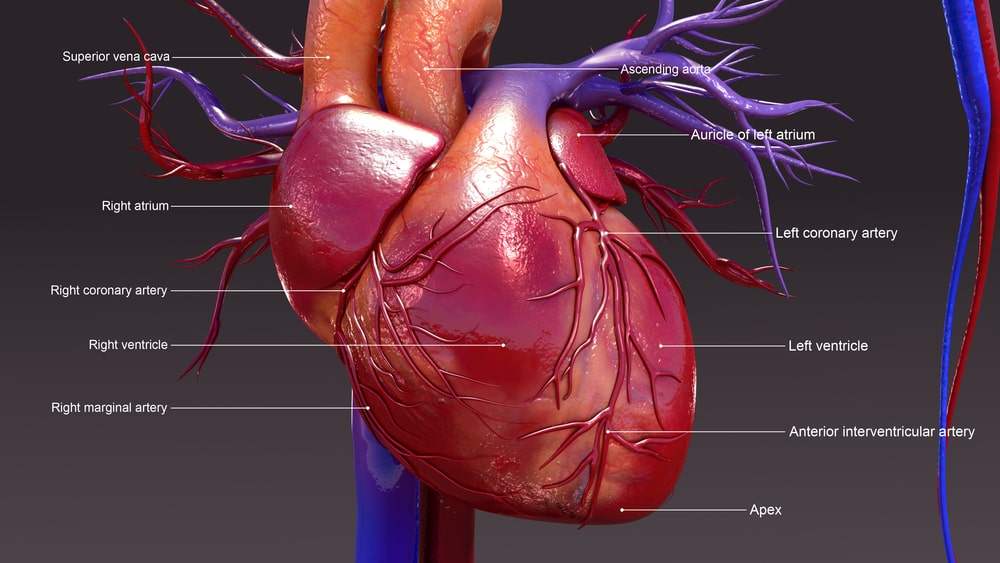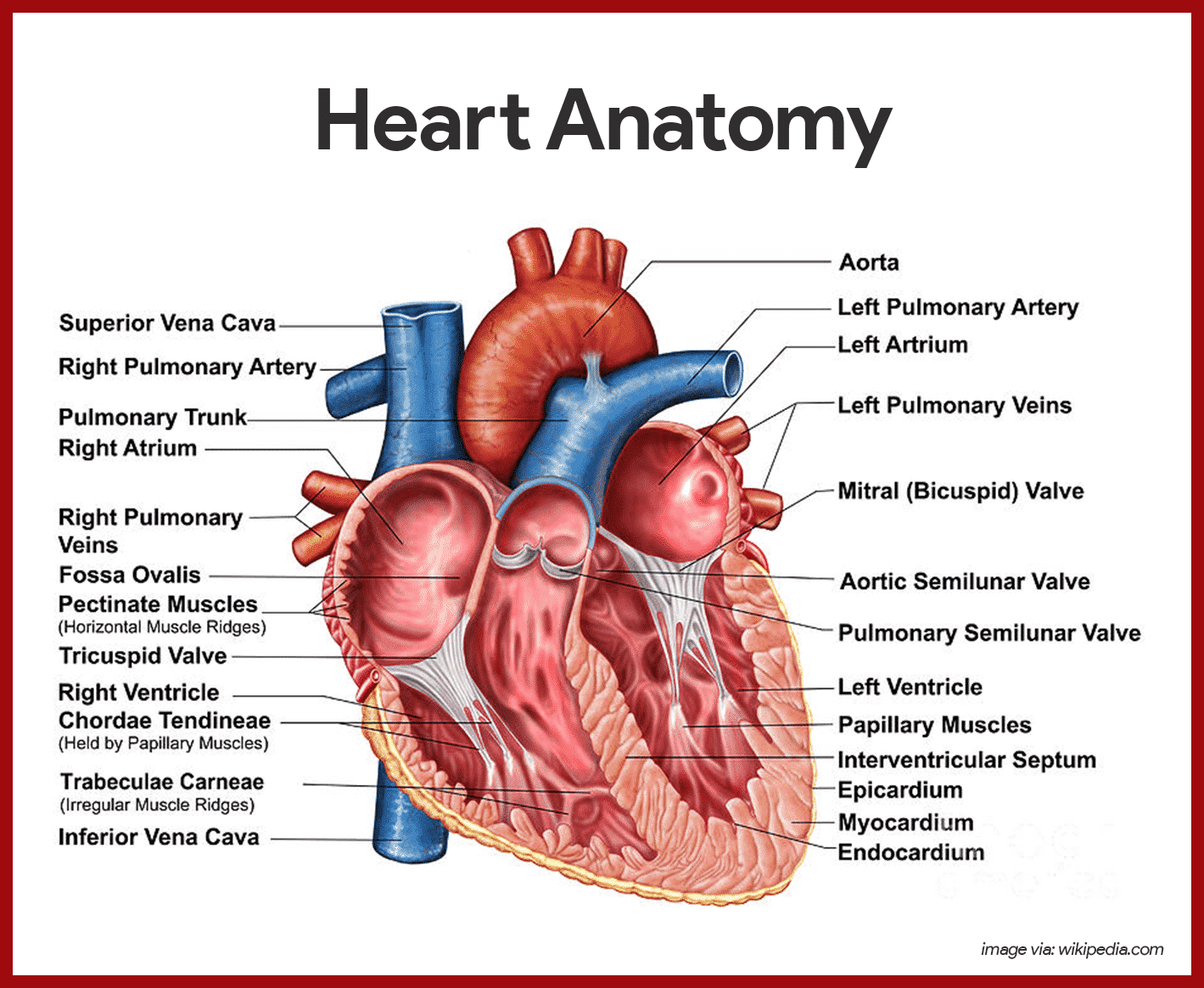Physiology of the Heart: At any given time, the chambers of the heart may be found in one of two states:
Table of Contents
Systole:
During systole, cardiac muscle tissue contracts to push blood out of the chamber.
Diastole:
During diastole, the cardiac muscle cells relax to allow the chamber to fill with blood.
Blood pressure increases in the major arteries during ventricular systole and decreases during ventricular diastole. This leads to the two values associated with blood pressure, (i) systolic blood pressure is the higher value, and (ii) diastolic blood pressure is the lower value. For example, a blood pressure of 120/80 describes the systolic pressure (120) and the diastolic pressure (80).

Also check it out: Conduction System of the Heart
The Cardiac Cycle
All of the activities that happen throughout a heartbeat are referred to as the cardiac cycle. The cardiac cycle consists of these three stages:
Atrial systole:
The atria contract and force blood into the ventricles during the atrial systole phase of the cardiac cycle. The semilunar valves remain closed to prevent arterial blood from returning to the heart while the AV valves remain open to aid in this filling. The atria only fill around 25% of the ventricles during this phase because they are significantly smaller than the ventricles. During this stage, the ventricles continue to be in diastole.
Ventricular systole:
During ventricular systole, the ventricles contract to push blood into the aorta and pulmonary trunk. The pressure of the ventricles forces the semilunar valves to open and the AV valves to close. This arrangement of valves allows for blood flow from the ventricles into the arteries. The cardiac muscles of the atria repolarize and enter the state of diastole during this phase.
Relaxation phase:
As blood flows from the veins into the heart during the relaxation phase, all four chambers are in diastole. During this stage, the ventricles fill to roughly 75% of their capacity; they won’t reach full capacity until the atria enter systole. During this stage, the cardiac muscle cells in the ventricles repolarize to get ready for the subsequent depolarization and contraction. The semilunar valves close to stop blood from the great arteries from regurgitating into the ventricles while the AV valves open to allow blood to flow freely into the ventricles.
